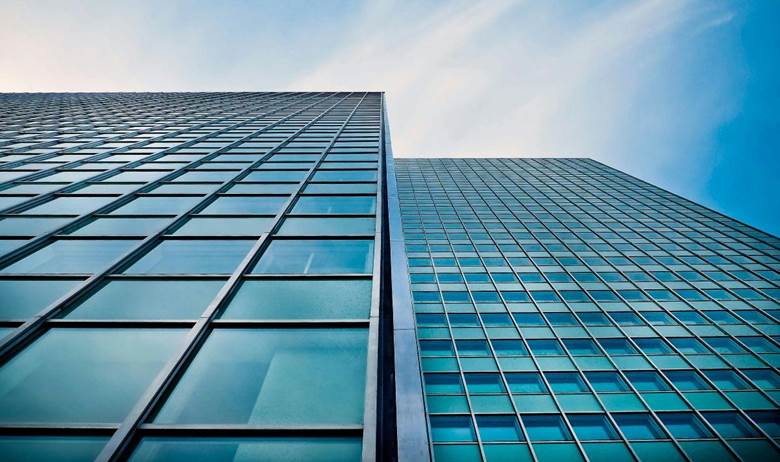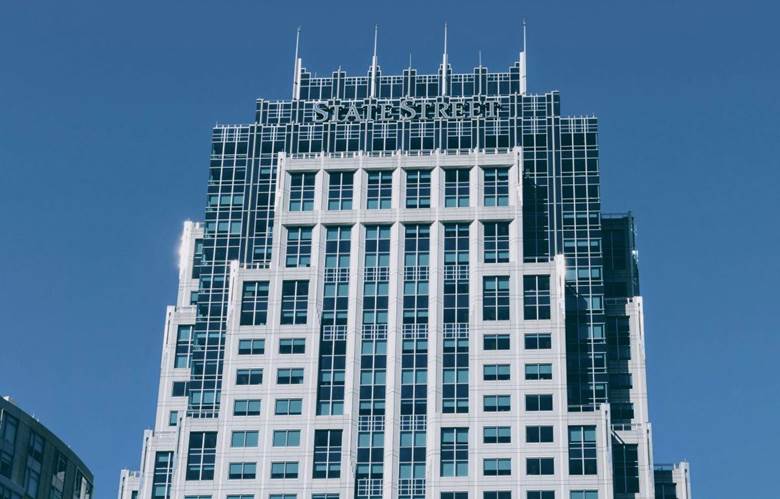Cities are no longer just places to live. They’ve become brands. The rise of city branding has shifted how cities present themselves. It’s not just about attracting tourists. It’s about winning people, investment, jobs, students, and attention.
- Cities in the Spotlight: Why Branding Now Matters More Than Ever
- Identity Over Infrastructure: Shifting Focus in Urban Promotion
- Small Cities, Big Moves: How Lesser-Known Places Are Gaining Ground
- Tactics Cities Use to Build Their Brands
- Measuring the Impact: What Makes a City Brand Work?
- Brand Wars: Cities Competing for Talent and Investment
- Risks and Challenges in City Branding
- Future Trends: What’s Next in Urban Identity?
- The Rise of City Branding Is Reshaping Urban Futures
In the past, cities promoted monuments or events. Now, they sell values, emotions, and stories. In truth, a city’s identity can influence a person’s decision to move, invest, or visit. People choose places that match their lifestyle and beliefs.
This shift is global. Every region, from major capitals to small towns, is now competing. With this in mind, cities must develop clear, strong messages. If they don’t, they risk falling behind in a crowded world.
Cities in the Spotlight: Why Branding Now Matters More Than Ever
We live in an attention-driven world. Cities, just like companies, compete daily for visibility on screens, news feeds, and travel searches. In contrast, decades ago, cities could rely on slow word-of-mouth or national campaigns. Now, everything is instant.
Social media spreads photos, reviews, and experiences within seconds. A city’s image can be shaped overnight, good or bad. A viral moment can bring thousands of new visitors or future residents. As an illustration, Iceland became a top tourist destination after people started sharing photos of its landscapes and quiet beauty.
Besides global exposure, there’s another layer: choice. People can now work remotely, study online, or travel often. They’re no longer tied to one location. So, cities have to compete harder to attract them.
Identity Over Infrastructure: Shifting Focus in Urban Promotion
Decades ago, cities were judged by infrastructure—roads, buildings, and job markets. While those still matter, they’re no longer enough. Identity is the new currency.
People ask, “What does this place stand for?” They want to feel a connection. Emotion drives relocation now more than economics alone. Someone may pick a city not because of salary but because it feels like home.
In truth, this is where city branding thrives. A strong brand gives people a sense of belonging before they even arrive. For example, Amsterdam promotes freedom and openness. Melbourne highlights creativity and coffee culture.
City brands also help locals feel proud. When done well, they reflect the soul of a place.

Small Cities, Big Moves: How Lesser-Known Places Are Gaining Ground
Big-city fame isn’t the only way to draw attention. Many smaller cities are stepping into the spotlight through clear branding, local pride, and smart economic moves. They focus on what matters—affordability, identity, and community. Also, if you’re planning to relocate to one of these up-and-coming spots, you don’t need a huge budget. You can still have a cost-effective move even during a cross-country transition by comparing moving companies, searching for discounts, and picking a more flexible moving date.
In addition, as city branding grows more strategic, places that were once overlooked now stand out. Take parts of New Jersey, for instance. While often overshadowed by New York, cities like Newark and Jersey City are redefining themselves with strong narratives built on diversity, economic growth, and access to opportunity.
These places are no longer just considered commuter towns. They’re shaping reputations around innovation, local culture, and livability. For remote workers and entrepreneurs, high-cost hubs have lost some appeal. Instead, they’re choosing cities that offer a better balance of value and vision.
This shift proves city branding isn’t limited to global capitals. It gives lesser-known places a chance to grow, attract new talent, and compete—without overspending or overpromising.
Tactics Cities Use to Build Their Brands
Creating a city brand is not just about a cool slogan. It’s a long-term strategy. It involves knowing what makes a city special and then sharing that message in every form possible.
Branding teams work on visuals, colors, logos, taglines, websites, and digital ads. With this in mind, they also train spokespeople, shape social media, and coordinate with local influencers.
Cities that involve residents do better. Local voices, shared photos, and real reviews create trust. A brand that comes from within feels more authentic. Besides, locals are the best promoters.
As an illustration, Glasgow’s “People Make Glasgow” campaign worked because it was real. It focused on the spirit of the community, not just architecture.

Measuring the Impact: What Makes a City Brand Work?
A city brand is only successful if it produces results. These can include more tourists, new residents, higher investment, or better global rankings.
Research firms track city image through surveys, search data, and sentiment reports. They measure how people view safety, opportunity, beauty, and culture. Cities with strong brand scores often rise in global lists.
In short, branding helps cities grow faster. It’s linked to more trust, more visits, and more interest. For example, Tokyo ranks high each year because people see it as modern, clean, and exciting.
Brand Wars: Cities Competing for Talent and Investment
City branding is no longer just for capitals. Mid-sized cities are now using it to compete with larger places. They focus on specific strengths to attract talent and companies.
Besides promoting tourism, they focus on students, entrepreneurs, and creatives. Berlin rebranded itself from a low-cost, post-industrial city to a startup haven. It worked. Thousands moved there for art, tech, and lifestyle.
Another key point is that people are mobile. A digital nomad might move to Tallinn for its e-residency perks. A student may choose Seoul because of pop culture and tech.
In contrast, cities without clear branding lose out. They remain unknown, even if they offer a great quality of life.
Risks and Challenges in City Branding
City branding has power, but it comes with dangers. When branding feels fake or forced, it creates disappointment.
A city that claims to be green but lacks clean transport will lose trust. A slogan that feels empty can become a joke. Overbranding can even push locals away.
Dubai’s global image is sleek and rich. But some say it lacks soul or a cultural core. With this in mind, cities must balance future goals with real identity.
Rapid image shifts can also confuse. One year, a city markets itself as a finance hub, the next as a beach escape. That inconsistency weakens the message.

Future Trends: What’s Next in Urban Identity?
The rise of city branding is personal and smart. Cities will use data, stories, and technology to speak directly to people.
Virtual tours, AI chatbots, and digital events are already helping people explore cities before arriving. These tools help build trust.
Similarly, future city brands will focus more on care. People now want clean air, open parks, and kindness. That message works better than cold stats or flashy towers.
Purpose-driven branding will rise. Cities will show what they believe in. For example, Helsinki promotes happiness and calm. It connects with people tired of big, busy cities.
More cities now have dedicated brand managers. These roles are key in making sure every event, message, or tweet stays on brand.
The Rise of City Branding Is Reshaping Urban Futures
The rise of city branding is changing how we see and choose where to live. Cities that build strong, clear images win attention and loyalty.
Hence, branding is no longer optional. It’s part of how cities survive, grow, and connect with the world. It must be honest, smart, and people-first.
Strong brands make cities easier to understand. They help people feel something. And that feeling can lead to big decisions, like booking a flight or starting a new life. In a world full of choices, cities with clear voices will always be heard. The rest may be forgotten.











